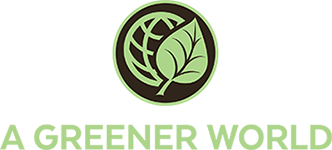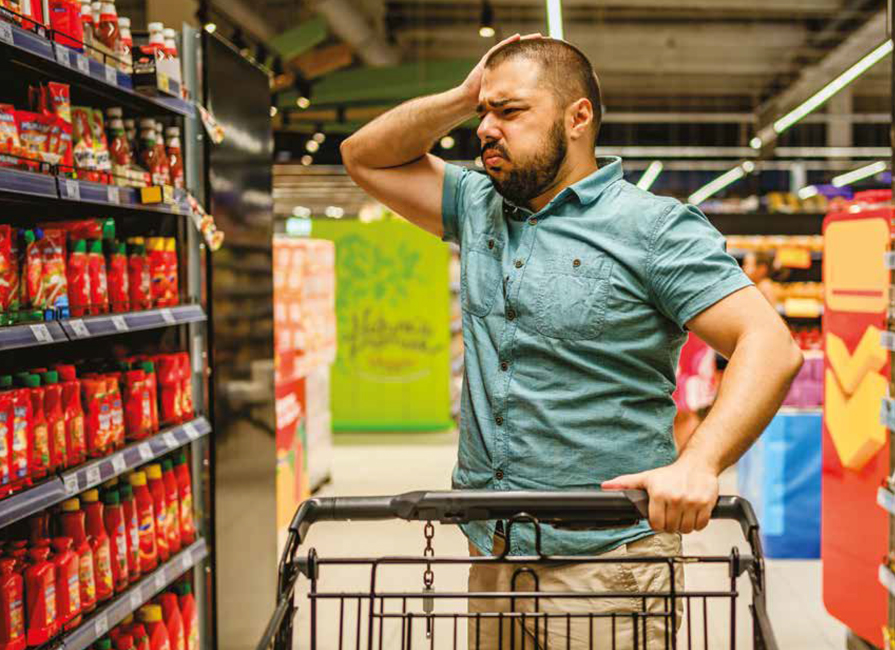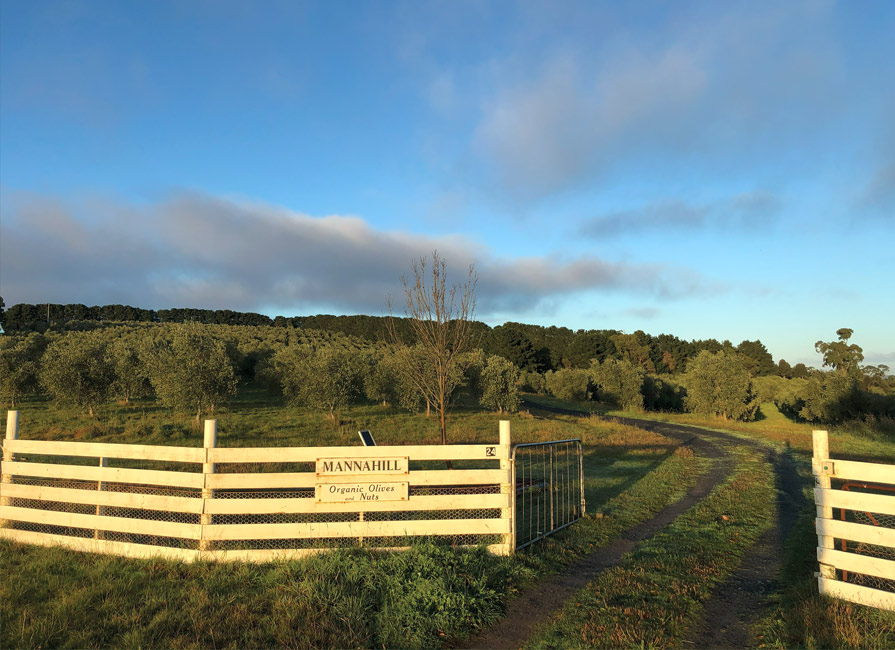One of the key attractions of our Certified Regenerative by AGW program is its practical…
Big Ag’s Gifts for 2014
 It’s a tradition of mine to write a note of sincere gratitude to Big Ag for the many “gifts” they’ve bestowed upon us all over the past 12 months relating to food animal production. Gifts that we didn’t really want, need, or—in some cases—didn’t even know about. Here’s my top 10 for 2014:
It’s a tradition of mine to write a note of sincere gratitude to Big Ag for the many “gifts” they’ve bestowed upon us all over the past 12 months relating to food animal production. Gifts that we didn’t really want, need, or—in some cases—didn’t even know about. Here’s my top 10 for 2014:
BEEF “GREENWASHING” ON A GRAND SCALE
With industrial meat production increasingly under the public spotlight, 2014 saw a concerted effort by the meat industry to re-brand conventional beef production as “sustainable.” In November, the Global Roundtable for Sustainable Beef (GRSB)– a veritable who’s-who of the global beef industry (plus a few agreeable environmental NGOs)–published a set of principles & criteria on sustainable beef production to guide the industry towards sustainable beef production. The problem is that the document is already being misrepresented in the farming press as a “master plan” for achieving sustainable beef production, comprising a set criteria that “must be fulfilled”—when critics contend that it is (at best) an aspirational document that leaves a lot to be desired. While I applaud the effort, as I said in a recent article, “The problem is that they [the GRSB] seem to be trying to define what they’re already doing as sustainable. The new principles seem more about marketing than actual change… If we’re going to fix the food system, we need transparency and a system that encourages consumers to make sustainable choices.”
POISONING OUR WATER SUPPLIES
In August, 500,000 people in Toledo, Ohio, temporarily lost their municipal drinking water supply. Tests revealed microbial toxin contamination in the Toledo water system that originates from Lake Erie. So what’s this got to do with Big Ag? The source of the toxin was a sudden explosion in the growth of toxic blue-green cyanobacteria algal blooms in the lake. The cause? New research reveals that levels of phosphorus being washed into the lake have increased dramatically over the last two decades as a result of run-off from fertilizers used for industrial corn and soybean production and manure pollution from concentrated animal feeding operations (CAFOs) in the water catchment area. Combine the effects of climate change and we’re now seeing an explosion in toxic algae blooms in the summer months. The problem isn’t just limited to Lake Erie: According to the New York Times, poisonous algae are found in polluted inland lakes from Minnesota to Nebraska to California, and even in the glacial-era kettle ponds of Cape Cod in Massachusetts–linked to either the intensive production of animal feed or manure pollution from industrial livestock farms. So who is fighting tooth and nail against regulations to control this health and environmental disaster in the making? A coalition of major agricultural and fertilizer industry interests, of course. Thanks, Big Ag.
MORE MISLEADING FOOD LABELS…
Throughout 2014, the battle continued over misleading food labels that are all too often used to hide industrial farming practices. As I’ve said before, the “Natural/All Natural”label claim epitomizes everything that is wrong with our food labeling laws. Last summer, Consumers Report kicked off the “Kill Natural” campaign to ban one of industry’s most profitable—and yet most misleading—label claims. Their survey revealed that nearly 60% of consumers look for the natural label term when food shopping, while almost 50% of consumers assume it means animals are raised outdoors, or that growth hormones or antibiotics are not used. Yet all of these practices are acceptable under the “Natural” label. As there is no legal definition, the term is pretty much a blank check for food manufacturers to mislead consumers into thinking they are buying something better—when they are not.
SPEEDING UP THE GENETIC TREADMILL…
It’s now widely accepted that genetically engineered (GE) crops designed to resist Monsanto’s top-selling RoundUp herbicide are failing. Despite ongoing claims that GE crops reduce herbicide use, researchers found that GE crops resulted in an increase in herbicide use of 527 million pounds–or about 11%–between 1996 and 2011. Now, overreliance on glyphosate (the active ingredient in RoundUp) has resulted in herbicide-resistant “superweeds” affecting millions of acres. And while they’re a huge problem for farmers, these “superweeds” are not-so-coincidentally a huge business opportunity for the companies who spawned them. In September, the FDA approved the commercial sale of Dow’s new GE crops, designed to resist a combination of glyphosate and an older herbicide called 2,-4D–one of the main ingredients in Agent Orange, the toxic defoliant widely used during the Vietnam War. In December, Dow AgroSciences also launched its Enlist Duo herbicide for the 2015 crop season–a proprietary blend of glyphosate and 2,4-D. Ladies and gents, welcome to the biotech/agchem industry’s highly lucrative “genetic treadmill.” Thanks, Big Ag.
BANK ROLLING THE ANTI-GM LABELING CAMPAIGN
With the dramatic increase in GM seed and herbicide sales over recent years, it’s easy to see why Monsanto and others are spending millions of dollars to oppose legislation to label GE ingredients in food. Over recent years, 20 states have pushed for GE labeling through legislatures. Connecticut and Maine have already passed GE labeling laws, albeit with clauses that prevent laws from being triggered until other states pass similar legislation. In 2014, campaign initiatives for GE labeling in Colorado and Oregon were unsuccessful. The pro-GE labeling initiative in Oregon came down to fewer than 800 votes. This was despite the anti-GE labeling campaign outspending the “yes” campaign by almost $10 million ($20,477,544 against $10,943,706)—making it the most expensive ballot fight in state history. The anti-GE labeling campaign’s top 5 supporters included Monsanto ($5,958,750), DuPont Pioneer, ($4,518,150), PepsiCo, Inc. ($2,350,000), Coca-Cola ($1,170,000), and Dow AgroSciences ($1,157,150). In Colorado, the anti-GE labeling campaign won by a clear 30%. Yet they spent over TEN times more than the “yes” vote–a remarkable $7,598,555 against $712,040, with Monsanto donating a princely $4,755,278 alone. Proof perhaps that while money can’t buy you love, it certainly can buy you more votes.
GLYPHOSATE RESIDUES RAISE HEALTH CONCERNS
The widespread adoption of herbicide-resistant GE crop technology has not simply resulted in environmental concerns. We are now consuming more glyphosate residues in our food than ever before—and scientists are concerned our health could be at risk as a result. In June, researchers in Norway detected “extreme levels” of glyphosate–the active ingredient in Monsanto’s RoundUp herbicide–in GE soy, as well as “markedly different nutritional composition” differences between organic and GE soy. A German research paperfound not only worryingly high concentrations of glyphosate in the urine of dairy cows and humans, but that “chronically ill humans showed significantly higher glyphosate residues in urine than healthy population.” They concluded that “the presence of glyphosate residues in both humans and animals could haul the entire population towards numerous health hazards.” This corresponds with an earlier study from the Massachusetts Institute of Technology which suggests that glyphosate residue in foods may be “linked to a range of health problems and diseases, including Parkinson’s, infertility and cancers.” Thanks, Big Ag.
BIG AG LEADS TO BIG ORGANIC…
An ongoing investigation by the Cornucopia Institute into the industrial takeover of the much-loved “organic” label made the headlines once again in 2014. The Washington Post was one of many media outlets to highlight that agribusiness interests are increasingly setting up vast, industrial-scale confinement operations to supply major retailers like Wal-Mart with “organic” eggs and milk that arguably don’t meet basic organic regulations on the provision of grazing or outdoor access–let alone the organic principles. While a good number of organic farmers operate within the spirit of the organic regulations, aerial photographs of several “organic” operations raise real questions about whether products supplied by these operations can really be called “organic,” and highlights the threat they pose to real organic farming businesses—and, ultimately, consumer trust in the organic claim.
SUPERBUGS COULD KILL 300 MILLION BY 2050
Concerns about the public health threat from the ongoing abuse of antibiotics in industrial farming grew throughout 2014. In December, a report commissioned by the UK Government presented a truly frightening future, warning that antibiotic-resistant infections could kill more 300 million people across the world and cost the global economy more than $100 trillion by 2050. Once again, the report called for action in all sectors–including industrial farming. A staggering 70–80 percent of all the antibiotics produced in the U.S. are used on food-producing animals. In fact, we use more antibiotics per pound of meat produced than any other nation in the world. Confinement operations are reliant on routine antibiotics to prevent infections and other health problems caused or exacerbated by the stressful, crowded, insanitary conditions of the farming system itself. In other words, these vital medicines are being squandered to produce ever-greater quantities of cheap animal protein and to maximize profit margins—regardless of cost. So the industry’s voluntary agreement earlier this year to restrict the use of certain antibiotics used in farming as growth promoters is a good thing, right? Read on…
GROWTH PROMOTER BAN: A FALSE PROMISE
In March, the farm antibiotic industry agreed to voluntarily phase out the use of antibiotics as growth promoters, following agreement over the FDA’sGuidance for Industry #213. Cargill was among the first company to make PR fluff off the back of the deal. Just in time for Thanksgiving, Cargill announced it had removed growth-promoting antibiotics from its turkey flocks “because consumers want it and we believe it’s the right thing to do for the turkeys in our care.” So this has nothing to do with the fact they’re no longer allowed to use antibiotic growth promoters, right?! And don’t think this will do anything to stop the abuse of antibiotics in farming or prevent antibiotic-resistant bacteria. Despite the positive hype from Cargill (and others), the small print reveals they will still use antibiotics for disease prevention. In other words, the door remains wide open for the continued abuse of antibiotics—just under a different name. As Dr. Raymond Tarpley of Texas A&M University recently pointed out, “if low-dose concentrations of antibiotics continue to be allowed for preventative use (even by prescription), they provide a ‘back door’ through which growth promotion effects can still be exploited under another name.” And without any independent measuring or verification of antibiotic use on Cargill’s turkey farms we’re entirely reliant on Cargill’s word anyway–not exactly reassuring, is it? A recent report from the Pew Charitable Trusts further confirmed my concerns. Thanks for nothing, Cargill.
ANTIBIOTIC-FREE: THE BIGGEST CON OF ALL
Talking of antibiotic abuse, 2014 was the year the “antibiotic-free” brand finally came of age. In February, Chick-fil-A joined other restaurants and retailers in announcing plans to serve only chicken raised without antibiotics. In December, a coalition of the nation’s largest school districts said it would serve antibiotic-free chicken to promote student wellness. Good news, right? Wrong. The “antibiotic-free” label is nothing but a misleading marketing ploy. The reality is that “antibiotic-free” meat, eggs and dairy products are produced by the same intensive confinement livestock operations that we’ve all grown to know and love—just with a nicer sounding label. Even prominent NGOs and “foodie writers” who really should know better are falling for it. Think you’re buying healthier chicken? A Consumer Reports survey of raw supermarket chicken found NO significant difference in the average number of types of bacteria between conventional samples and those labeled “no antibiotics” or “organic.” The birds are slaughtered and processed in the same facilities as standard chickens, so you can expect the same serving of antibiotic-resistant bacteria you’ll find on cheaper meat. Care about animal welfare or the environment? Well, don’t think for one second that an “antibiotic-free” label means the animals were raised on pasture. Industrial farmers have access to plenty of alternative non-antibiotic antimicrobials, so “antibiotic-free” chickens and pigs are still confined indoors by their thousands and suffer the same welfare issues found on any industrial operation, while “antibiotic-free” beef cattle will have been finished on dirt feedlots. As “antibiotic-free” brands don’t require any improved waste or environmental management from their farmers, you’ll find the same toxic, polluting manure lagoons, and the animals are still fed fertilizer- and fossil fuel-guzzling commodity soy and corn, with all the environmental impacts associated with monocultural industrial grain farming. In terms of the bigger picture, nothing has changed. Finally, if you’re (mistakenly) buying “antibiotic-free” brands simply to limit your exposure to antibiotic residues in food, stop wasting your money. Existing food safety laws mean it’s illegal for any farmer to slaughter an animal (or sell its milk or eggs) before the manufacturer’s minimum post-treatment withdrawal period has passed. In other words, NO meat can legally contain antibiotic residues–whether it is labeled “antibiotic-free” or not.
We need to end the routine abuse of antibiotics in industrial farming. Like humans, healthy animals don’t need routine antibiotics, and our politicians and regulators should never have condoned the continued expansion of farming systems where animals require routine dosing with antibiotics simply to stay disease free in the first place. Anyone can see this is an absurd and unsustainable situation. However, banning all antibiotics in farming is not the answer either. Even in the best farming systems animals sometimes get sick, and it may be necessary to use a targeted antibiotic treatment to prevent pain and suffering. As in human health, they should only ever be used when absolutely necessary.
Buying “antibiotic-free” labeled products from the same agricultural behemoths that currently control our food supply won’t do anything to address the wider animal welfare and environmental issues associated with industrial farming, or ensure farmers receive a living wage in return for producing food for good health. Buying into antibiotic-free labeling scams will not fix a farming system that is fundamentally broken: We need wholesale systemic change.
We know there are farms producing food in ways that don’t cause environmental damage or involve worker and animal abuse. We know these farms produce healthier food, too. We also know that if we scale up production this food can be produced at a similar cost to what we pay today–particularly once we take account of the real costs of industrial farming to our health and the environment. So let’s make 2015 the year when we really change how America farms and feeds itself–and change it for the better.


